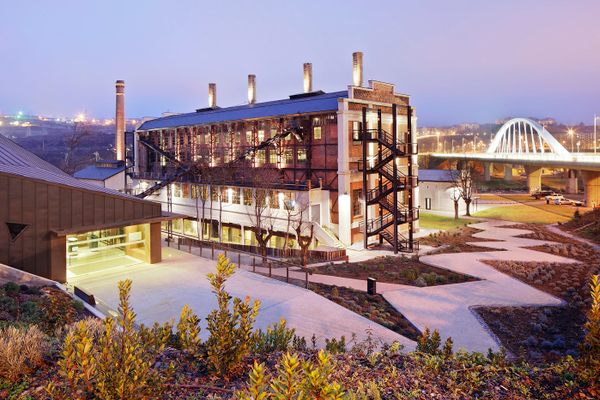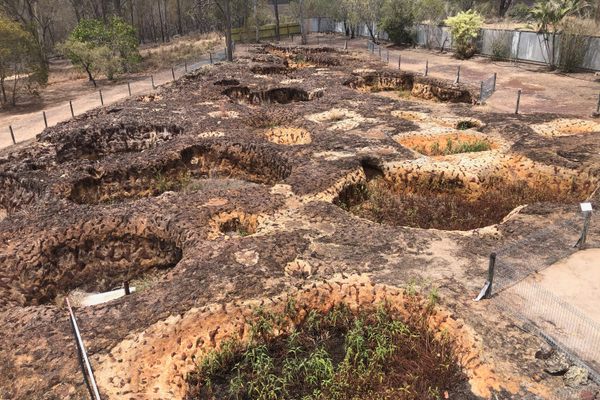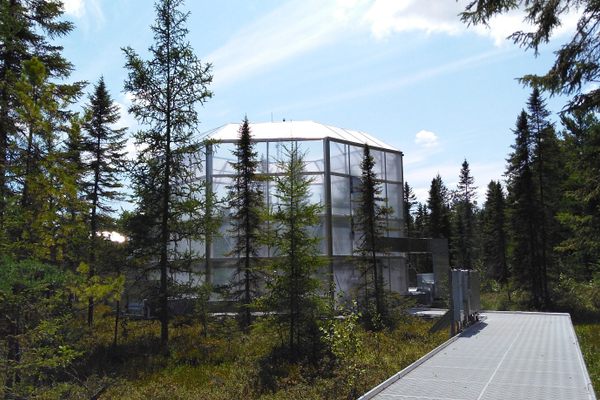Las Médulas
Devastated landscape used for hundreds of years by the Romans as their primary mining site.
A historic site in Spain, Las Médulas was once the most important gold mine in the Roman Empire. Named a World Heritage Site by UNESCO, the area, which is near the town of Ponferrada in the region of El Bierzo, has a breathtaking landscape that draws many tourists from all over the world. This landscape was created by the mining technique employed by the Romans and described by Pliny the Elder in 77 CE.
To extract gold, the Romans built seven huge aqueducts which drew the rivers in the nearby mountains down into the mine, burying the area underwater. After two centuries of work, the Romans abandoned the site, leaving it in its current shape.
“What happens is far beyond the work of giants,” Pliny the Elder said. “The mountains are bored with corridors and galleries made by lamplight with a duration that is used to measure the shifts. For months, the miners cannot see the sunlight, and many of them die inside the tunnels. This type of mine has been given the name of Ruina Montium. The cracks made in the entrails of the stone are so dangerous that it would be easier to find purpurine or pearls at the bottom of the sea than make scars in the rock. How dangerous we have made the Earth!”
According to Pliny, 20,000 Roman pounds of gold were extracted from the area every year, but this required the work of about 60,000 laborers.







































Follow us on Twitter to get the latest on the world's hidden wonders.
Like us on Facebook to get the latest on the world's hidden wonders.
Follow us on Twitter Like us on Facebook